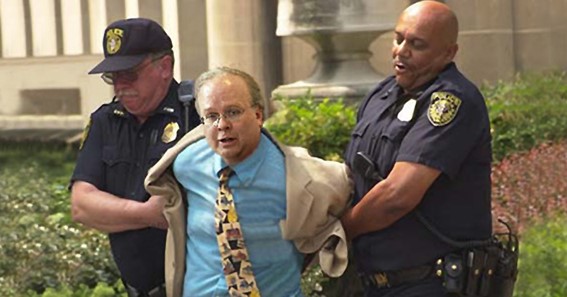Are you curious to know what is frog marching? You have come to the right place as I am going to tell you everything about frog marching in a very simple explanation. Without further discussion let’s begin to know what is frog marching?
What Is Frog Marching?
Frog marching is a term used to describe a type of physical restraint in which a person is forcibly marched or carried by two or more individuals, with their arms held behind their back. The term is often used in a negative context, as frog marching is typically associated with police brutality or other forms of abuse of power.
The origins of the term “frog marching” are unclear, but it is believed to have originated from the military practice of carrying incapacitated soldiers in a similar manner during times of war. Today, however, the term is most commonly used to describe the forced march of a suspect or prisoner by law enforcement officers.
Frog marching is a controversial practice, as it can be seen as a violation of a person’s human rights and dignity. In many cases, the use of this technique has been linked to incidents of police brutality or other forms of abuse of power. Critics argue that the use of force in this manner is not only unethical but also ineffective, as it can often lead to increased resistance or aggression from the individual being restrained.
Despite these concerns, frog marching remains a common practice in many parts of the world, particularly in countries with less robust human rights protections or weaker law enforcement regulations. In some cases, it is even used as a form of punishment or public humiliation, as suspects or prisoners are paraded through public spaces while being held in this manner.
In recent years, there has been growing recognition of the dangers and ethical implications of frog-marching. Many human rights organizations and legal experts have called for stricter regulations on the use of force by law enforcement officials, as well as for greater accountability and transparency in cases of police brutality or other forms of abuse of power.
In conclusion, frog marching is a controversial and potentially abusive practice in which a person is forcibly marched or carried with their arms held behind their back. While it has historical origins in military practices, it is most commonly associated with law enforcement officials and has been linked to incidents of police brutality and abuse of power. As concerns around human rights and police accountability continue to grow, it is likely that we will see greater scrutiny and regulation of this practice in the years to come.
To know more about such interesting things explore queryplex
FAQ
Why Is It Called Frog Marched?
frog-march (n.)
also frog’s march, 1871, a term that originated among London police and referred to their method of moving “a drunken or refractory prisoner” by carrying him face-down between four people, each holding a limb; the connection with frog (n. 1) perhaps being the notion of going along belly-down.
What Is A Frog In Policy Terms?
- [his sudden ‘leaping’ onto criminals] (US) a policeman.
What Does Frog Walk Mean?
The verb to frog-march (somebody) means to force (somebody) to walk forward by holding and pinning their arms from behind.
What Is A Synonym For Frogmarch?
To march or force a person forward while holding their arms from behind or the side, as a prisoner. bundle. hustle. bustle. drive.
What Does The Expression Frog March Mean?
frog-march • \FROG-march\ • verb. : to seize from behind roughly and forcefully propel forward.
What Does Frog Mean In Slang?
The use of the word frog to mean “a French person” is a slur that arose because the French were stereotypically thought of as eating frogs.
I Have Covered All The Following Queries And Topics In The Above Article
What Is Frog Marching Someone
What Is Frog-Marching
What Is Frog Marched Mean
What Does Frog Marched Mean
Why Is It Called Frog-March
Frog March Synonym
Frog March Exercise
Frog Marching Band
What Is Frog Marching
What is a frog march?
